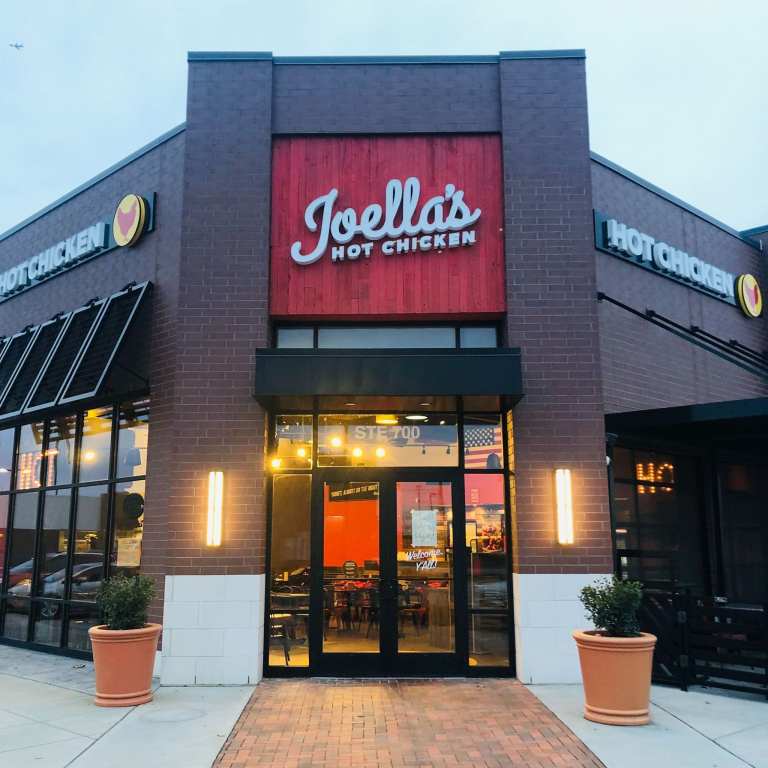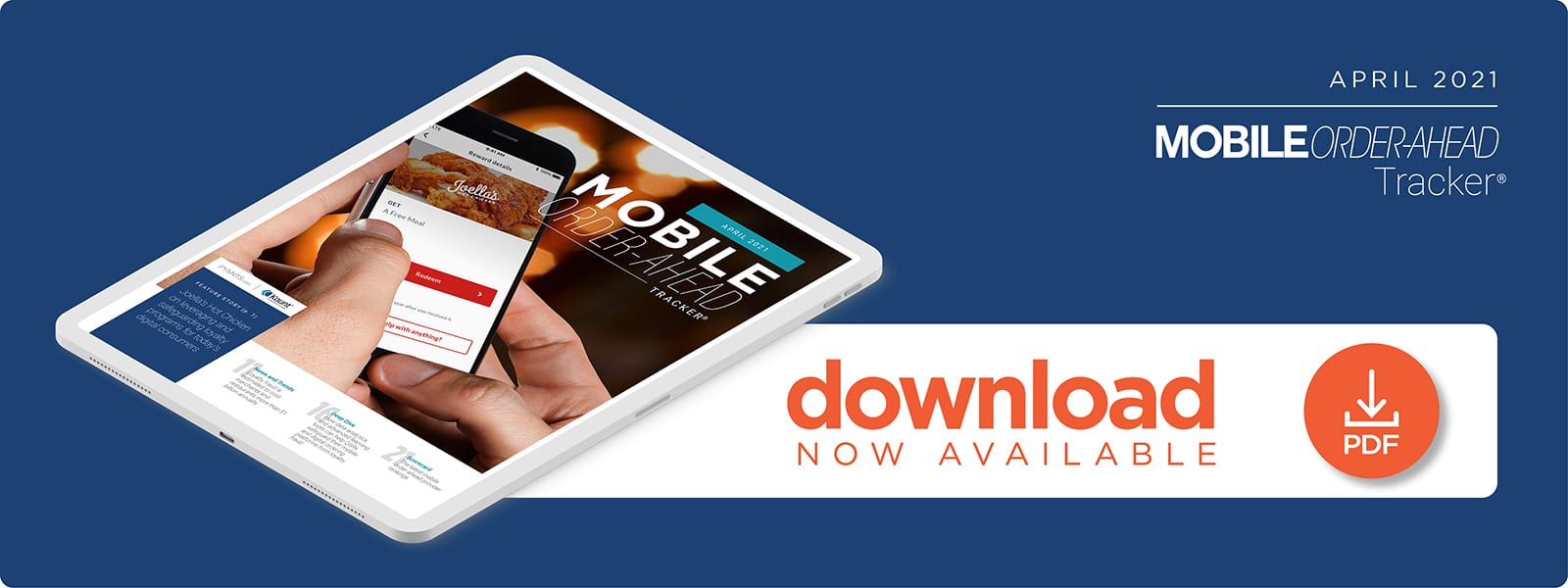Joella’s Hot Chicken On Leveraging And Safeguarding Loyalty Programs For Today’s Digital Consumers

Quick-service restaurants (QSRs) are dishing out mobile-enabled loyalty programs, but fraudsters are also eager to take a bite out of them. In the Mobile Order-Ahead Tracker, Joella’s Hot Chicken’s Katie Wollrich and Christina Happel explain how QSRs can use data analytics and code-based redemption features to keep loyalty offerings fraud-free.
Quick-service restaurants (QSRs) across the U.S. continue to work hard to satisfy customers’ growing appetites for mobile and digital ordering features during the pandemic. Many are simultaneously looking to provide perks that can give them an edge in the increasingly competitive restaurant space. This is leading eateries to focus on providing compelling loyalty and rewards experiences as part of their revitalization efforts.
One such chain is Louisville, Kentucky-based Joella’s Hot Chicken. It launched as a stand-alone restaurant in 2015. It has since grown to 19 locations in five states. The QSR considered the launch of a loyalty program last year when its executives heard from third-party delivery partners that customers were spending more on food and ordering more frequently during the pandemic, Katie Wollrich, Joella’s chief marketing officer, told PYMNTS.
“It was an interesting data point for us that we had really loyal guests already because we didn’t really have a way to know that other than anecdotally,” she said. “But hearing that kind of information gave us the final push we needed to really invest in a rewards program, to build that relationship with our guests and provide them with more value by coming to us.”
Joella’s new program, Hot Rewards, can be accessed via app and customers receive a meal at no charge for every $100 spent. Free entree options include chicken tenders and waffles with a choice of maple syrup or spiked honey, among other items. Wollrich said the chain’s loyalty approach was inspired by QSR players such as Chick-fil-A, which offers a tier-based rewards program, and Starbucks, which continues to tweak its loyalty offering.
She also said that the program brings value to Joella’s in the form of data. Customers who use the rewards offering give the chain insights into what they buy, how often they make purchases and how much they spend. This wealth of information can help the QSR inform its menu options and how it approaches rewards.
“Having better access to data about who that customer is, how often they are coming and what they’re buying just really helps us make more strategic decisions as it relates to offers,” Wollrich said.
Knowing when the time is right to generate offers for customers is also key, she said. Joella’s taps artificial intelligence (AI) and machine learning (ML) software to generate timed offers based on factors such as the frequency of a particular customer’s orders and which chicken dishes they prefer, for example.
Loyalty programs’ popularity can, unfortunately, make them an inviting prospect for unwanted guests: fraudsters. A growing number of bad actors are following consumers onto digital and mobile ordering channels. Many are also beginning to target loyalty programs for the wealth of unclaimed rewards values and customer data they contain. This means QSRs must adopt digital countermeasures to keep their platforms fraud-free.
Securing Rewards To Protect QSRs And Their Customers
Christina Happel, Joella’s regional vice president of operations, said that the chain typically confronts fraud in-house. It relies on data reporting and analytics processes to closely monitor areas such as discounts, complimentary and voided meals and reopened checks, which can help it spot suspicious activity that warrants further investigation.
“We closely monitor data from our point-of-sale system to watch trends for the percentage of discounts at each store, along with other various reports that are available,” she said.
Rewards are linked to customers’ payment cards, so the QSR uses a unique code-based redemption system designed to stop theft.
“When customers are ready to redeem their rewards, they present that code to the cashier and it is entered,” Happel explained. “Without it, they cannot get the discount.”
The Digital And Mobile Ordering Migration
Happel said that the QSR’s customers order through various channels, with preferences often influenced by the various restrictions in place in different states. One thing is certain: Delivery is up by as much as 35 percent across all locations.
“Delivery is still probably the biggest driver at most of our stores from a revenue perspective,” Happel said. “Online orders are second, carry-out third and then dine-in. So our guests are still cautiously approaching how they experience our food.”
Mobile ordering options have likewise been a boon to consumers during the pandemic. Wollrich said that Joella’s witnessed a big spike in third-party app usage at the beginning of the crisis. While the initial jump has calmed, app-based ordering remains high because delivery is crucial to many customers.
QSRs now consider loyalty and rewards programs to be a critical component in their operations as they chart their courses for the future. Ensuring that these offerings are free of fraud and accessible via digital and mobile channels will be a priority long after the pandemic abates.
